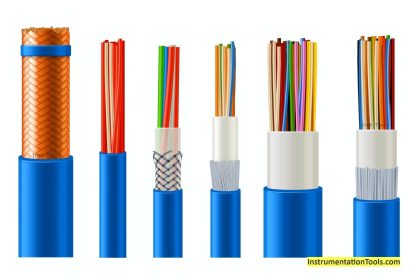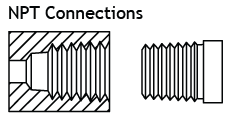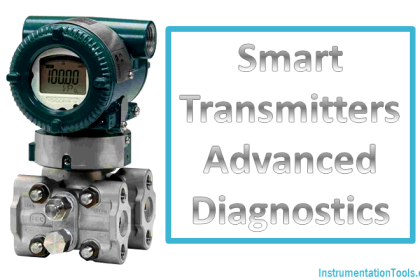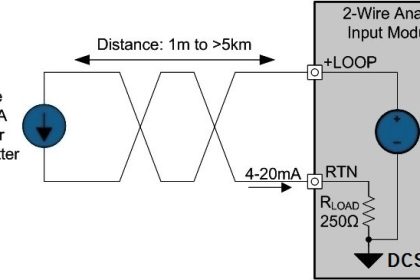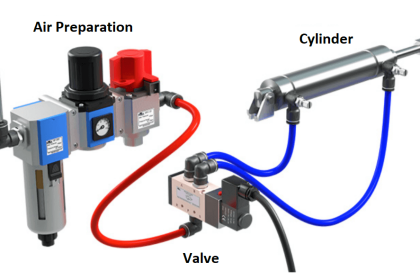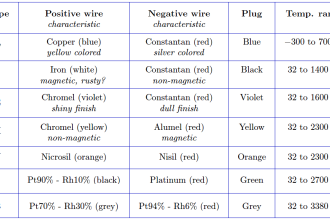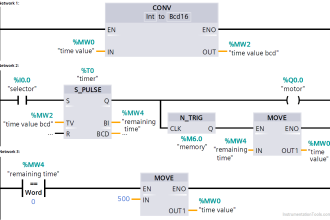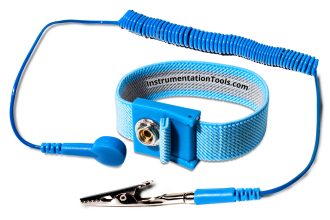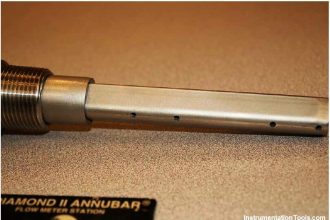Whenever you work in an instrumentation system of a plant, you will find that there are many components like motors, valves, transmitters, and sensors. These control elements are the heart of an automated instrumentation system. If any one of the elements fails, then the whole system will fail. These elements are mounted on a metallic housing system, called a skid.
An instrument skid needs to be properly designed to house all the equipment in an organized way. In instrumentation engineering, this skid is referred to as a metering skid. In this post, we will see the concept of a metering skid.
Metering Skid
As discussed earlier, a metering skid is a civil structure, which houses various instruments linked by pipelines and taps. Suppose a system is designed to purify oil directly coming from a hot pipeline. This purifying system will have various types of instruments, valves, and sensors on it, from an inlet point to an outlet point. This particular skid will perform only the functioning of filtering, and some other skid will perform the function of its distribution in a controlled manner.
Due to this, every skid gets its dedicated function which is controlled by the corresponding elements in it. Majorly, a metering skid in instrumentation is used to maintain line flow, pressure, or other critical parameter. This provides efficiency, safety, standardization, and maintaining the quality of the product. If skids are not there, then every element will be distributed randomly and there will be no control over its design and reliability.
Also, engineers will find it difficult to troubleshoot them if any issue occurs. Distributing a whole plant operation skid-wise gives the best control to the engineers.
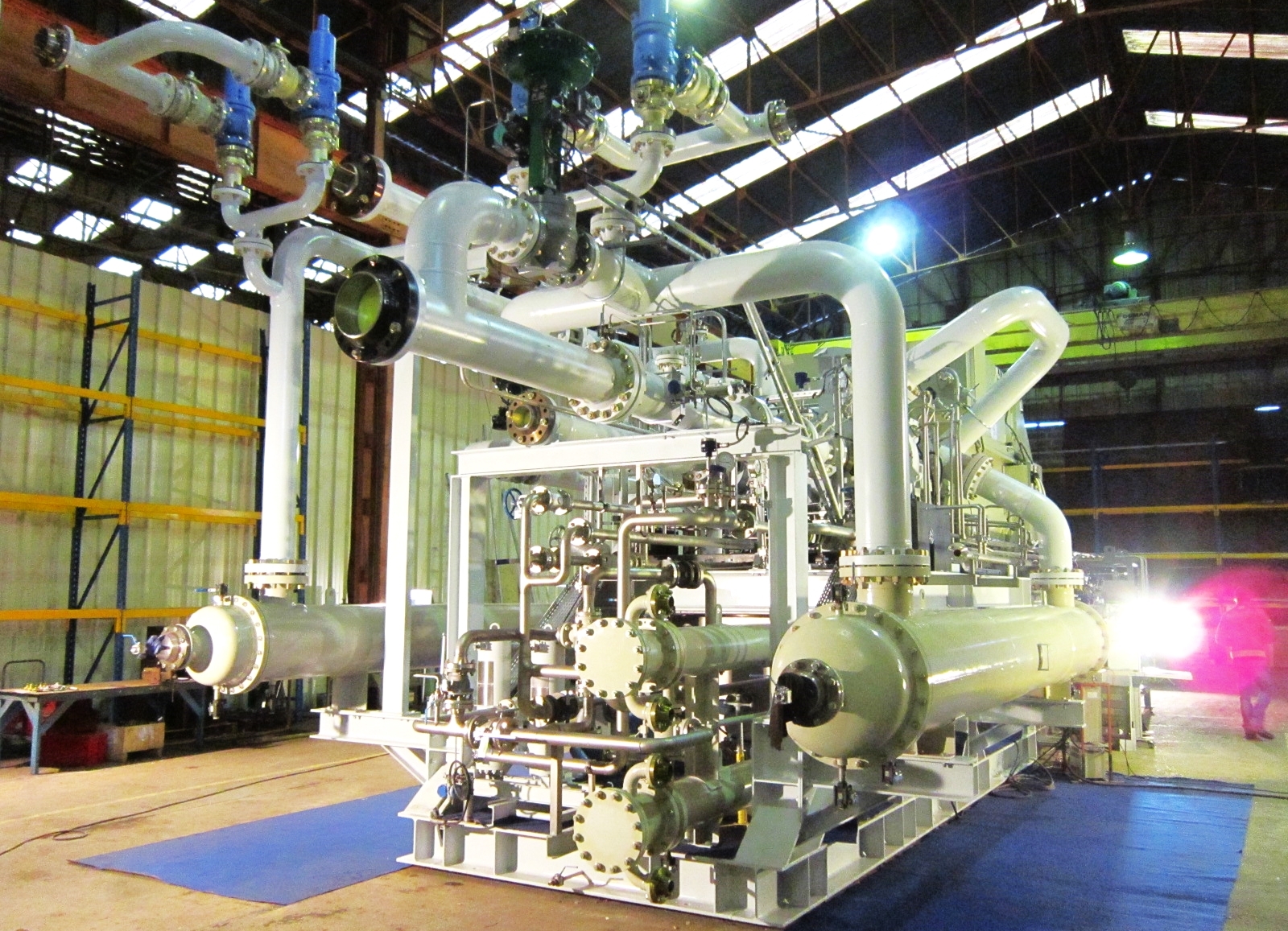
Metering skids are used in the following industries for critical applications – oil and gas, chemicals, water treatment, petrochemicals, pharmaceuticals, and food and beverage. Refer to the above image to see what a typical metering skid looks like.
Let us have a look at some of the major components of a metering skid:
- Control valves
A valve is used to control the flow or pressure of any media like liquid or gas. These valves are mostly controlled by PLCs. It can be digital (direct open/close) or modulating. This controlled rate of flow or pressure helps maintain the entire operation smoothly. Because you have full control over what amount of media to pass, the valves thus play an important role in a metering skid.
- Flow transmitters
It is necessary to monitor how much flow is passing through the skid. This is done by flow transmitters. They help in providing feedback to the controllers, which monitor them and indirectly control the valves. Flow meters are installed in almost every part of the skid, and they help provide exact feedback to the controllers.
- Pressure gauges and transmitters
Similar to flow, pressure is also a very important parameter in a metering skid. Continuous monitoring of pressure, along with flow, helps in providing proper feedback to the controllers. They will, as discussed earlier, control the operation of motors and valves on the skid. Reliable measurement is required and thus, these gauges and transmitters play a very important role in metering skid.
- Structural framework
As discussed earlier, a skid has components on a civil structure. This structure is the base of any skid functioning. If the construction is poor, then the skid instruments will fail in their functioning. So, strong construction along with a proper pipeline is an essential component of a skid. It is necessary to consider safety standards and regulations before designing and building them.
Example of a Metering Skid
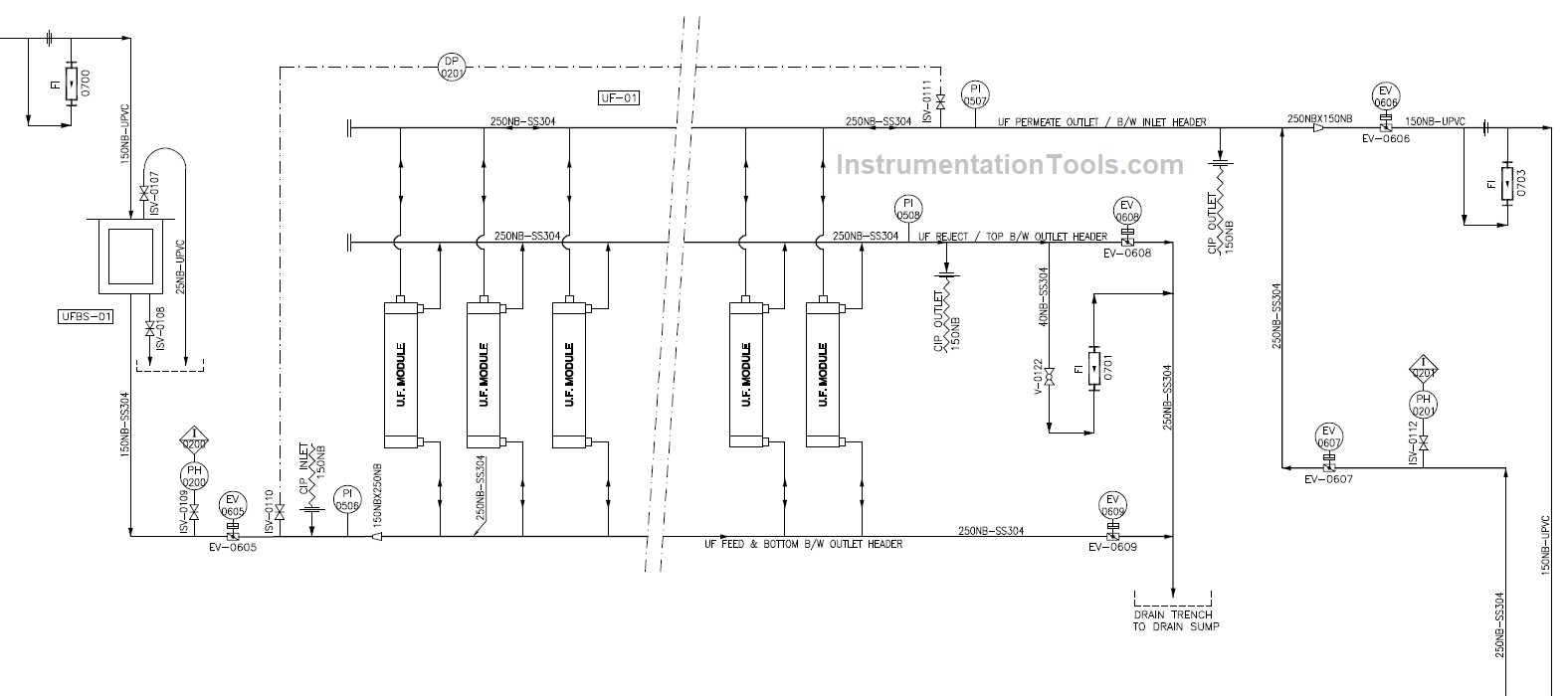
Refer to the above image. This is a sample water treatment plant skid. The above skid is called a UF skid because it uses UF membranes as shown in the figure.
As seen, the skid has the following devices – flow indicators (FI), pH transmitter (pH), electronic valves (EV), pressure indicators (PI), and UF (ultrafiltration) modules. The devices are connected together by pipelines. This robust structure is mounted on a platform, for proper working and engineering.
When this skid is constructed, many factors are taken into account like water properties, water flow rate, the accuracy of flow and pressure required, pressure and temperature of the water, corrosion resistance of the material used in skid construction, and resistance of elements to humidity, temperature, and other environmental factors.
When the skid is commissioned, the UF modules will pass water through it at a desired flow rate and pressure rate from the inlet to the outlet. In this way, the modules will require the help of other components installed, to achieve the desired result. This enables the engineers to get the desired water output from the UF modules.
Advantages of Metering Skid
- Accurate readings of measurements.
- High efficiency, reliability, and production output; with less error.
- Easy to transport and move anywhere. Once assembled, they can also be shifted elsewhere if required, and that too easily.
- Safety of workers and environment in a plant, by preventing accidents.
- Easy maintenance and reduced downtime.
In this way, we saw the concept of a metering skid.
